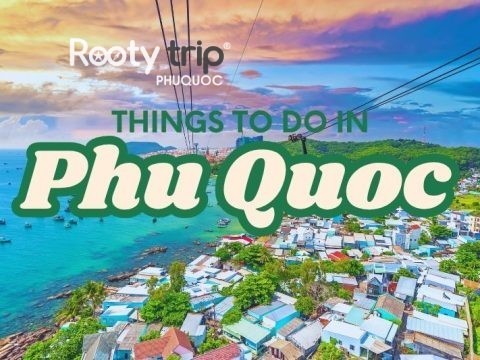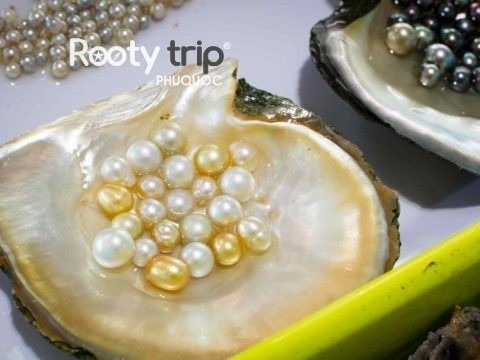Explore the Wild Beauty of Phu Quoc National Park
09/07/2025Phu Quoc National Park is one of the island’s most famous tourist spots, but it holds countless hidden treasures for those who crave adventure and exploration. This untouched forest offers a refreshing escape into nature’s raw beauty-far from the crowds and bustling beach resorts.
So, where exactly is this forest located? How can you get there? And what makes it worth the journey? Let Rooty Trip guide you through everything you need to know before visiting one of Vietnam’s most peaceful and authentic natural landscapes.
Introduction to Phu Quoc National Park: A Green Jewel
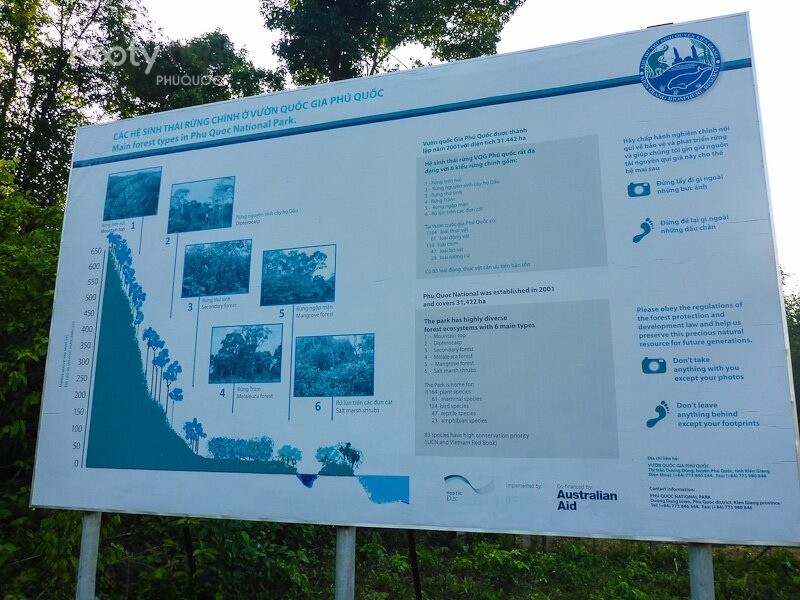
Nestled on the northern side of Phu Quoc Island, Phu Quoc National Park is a true gem for nature lovers and outdoor enthusiasts. Let’s take a closer look at what makes this forest so special below:
Location and Overview: Where the Wild Things Are
Located mostly in the northeastern part of Phu Quoc Island, this vast national park covers more than half of the island’s land area. It stretches across diverse terrain – from dense tropical rainforests and rolling mountains, to quiet coastlines and hidden streams.
This mix of landscapes makes the park a paradise for hikers, photographers, and anyone looking to step off the beaten path. Whether you’re wandering through thick forest canopies or catching a glimpse of the ocean from a hilltop, the scenery here is endlessly rewarding.
On the park’s western edge, Ganh Dau Cape offers a peaceful contrast—where jungle meets fishing villages and coastal views stretch all the way to Cambodia. You can explore more in our Ganh Dau Cape travel guide.
UNESCO Biosphere Reserve Status: A Global Recognition
In 2006, Phu Quoc National Park was officially recognized as part of the An Giang Biosphere Reserve by UNESCO – a big deal not just for the island, but for Vietnam as a whole.
So, what does this mean? Being a UNESCO Biosphere Reserve means that this area is seen as vital to preserving global biodiversity. It’s home to countless species of plants, animals, and marine life – some of which are rare or even endangered. This status also promotes sustainable tourism and environmental protection, ensuring that future generations can continue to enjoy and learn from this incredible ecosystem.
Biodiversity Hotspot: Flora and Fauna of the Park
One of the most remarkable things about Phu Quoc National Park is its incredible biodiversity. As part of a UNESCO Biosphere Reserve, the park is a safe haven for thousands of species-some common, others rare, and a few found nowhere else in the world. Let’s take a closer look at the rich plant life and fascinating wildlife that make this park a paradise for eco-travelers and researchers alike:
Lush Flora: A Canopy of Green
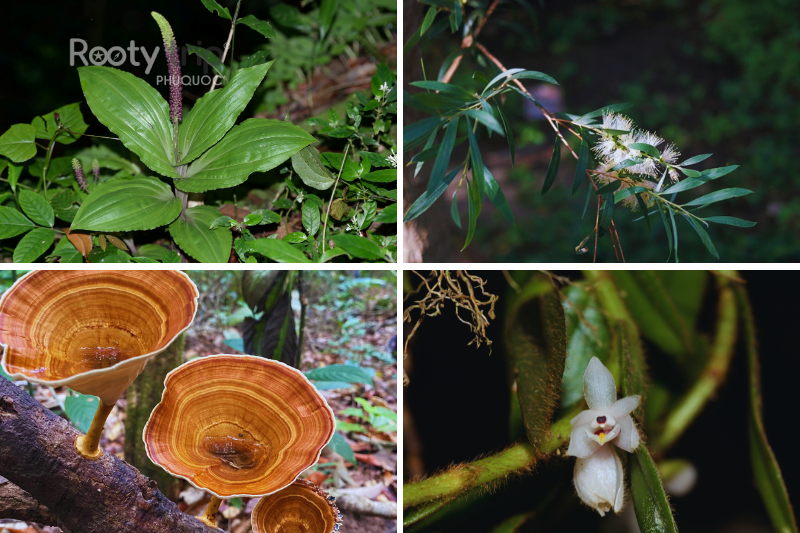
Phu Quoc National Park is dominated by evergreen forests, which stay vibrant and green all year round. In lower-lying areas near the coast, you’ll also find mangrove forests, which play a vital role in protecting the island’s coastline and supporting marine ecosystems.
The plant life here is incredibly diverse. The forest is home to hundreds of plant species, including rare medicinal herbs and dozens of orchid varieties that bloom in vibrant colors. For botany lovers, walking through this park is like stepping into a living encyclopedia of tropical flora.
Fascinating Fauna: Wildlife Encounters
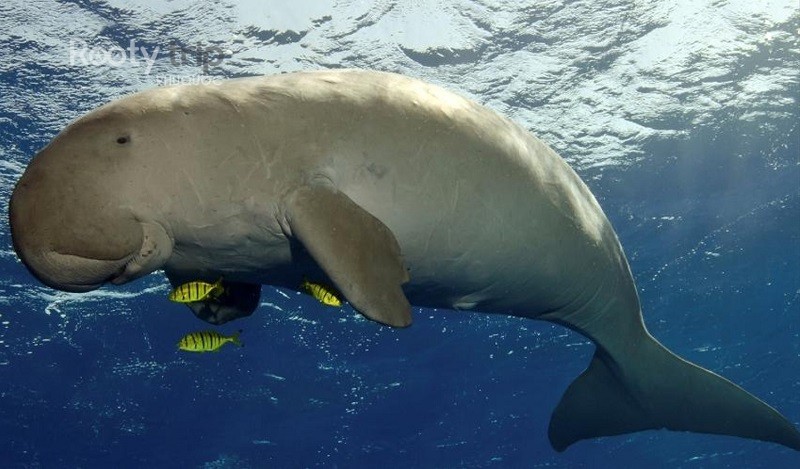
The forest doesn’t just grow-it moves, sings, and sometimes roars. Phu Quoc National Park is teeming with wildlife, from tiny amphibians to large mammals.
Visitors might encounter monkeys swinging through the trees, colorful birds darting across the canopy, or even spot reptiles and amphibians hidden beneath leaves. Among the park’s most notable inhabitants are endangered species such as the Phu Quoc langur (a rare primate), and in the coastal areas, the elusive dugong-a gentle sea mammal sometimes called the “sea cow.”
For birdwatchers, the park is a dream destination, with over 200 recorded bird species, some of which are endemic to Vietnam.
Top Activities and Experiences in Phu Quoc National Park
Phu Quoc National Park isn’t just a place to admire from afar-it’s a living, breathing destination meant to be explored. From forest treks to bird watching and coastal explorations, here are the top ways to make the most of your visit:
Trekking and Hiking: Trails for Every Explorer

Phu Quoc National Park is a hiker’s paradise, with trails that range from easy walks to challenging climbs:
- Mount Chua (Núi Chúa) Peak: Standing as the highest point on the island, this trek is not for the faint of heart-but those who reach the top are rewarded with panoramic views of the island, forest, and sea. It’s a challenging but unforgettable experience for serious adventurers.
- Ganh Dau Trail: This scenic coastal trail winds through lush forest and opens up to sweeping views of the sea. Along the way, you might even catch glimpses of Cambodia on a clear day. It’s ideal for nature lovers who enjoy a peaceful walk with a view.
- Suoi Tranh Waterfall : A popular spot for a relaxed walk and a quick swim, especially during the rainy season when the falls are at their most beautiful. The trail is short and easy, making it suitable for families.
- Suoi Da Ban Stream: Known for its unique flat rock formations, this stream is perfect for light trekking and nature photography. It’s especially refreshing during the hotter months.
Bird Watching and Wildlife Spotting
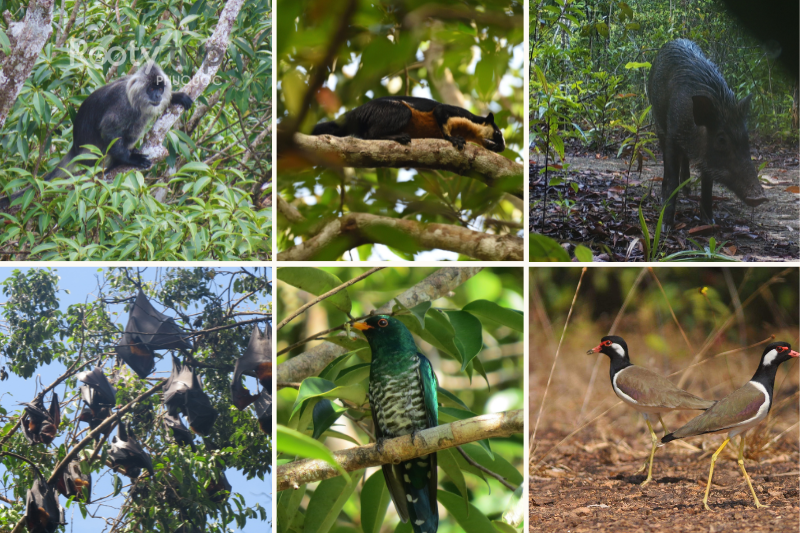
With its rich biodiversity, the park offers plenty of opportunities to observe wildlife in their natural habitat:
- The best times for wildlife spotting are early morning and late afternoon, when animals are most active. Bring binoculars and move quietly to improve your chances.
- Areas near streams or fruit-bearing trees are great spots to catch glimpses of primates, reptiles, and rare birds. Don’t forget to look up-the forest canopy is full of surprises.
- For birdwatchers, the park is home to over 200 species. Patient visitors may spot hornbills, kingfishers, or even rare endemic birds unique to Vietnam.
Exploring Coastal and Marine Ecosystems
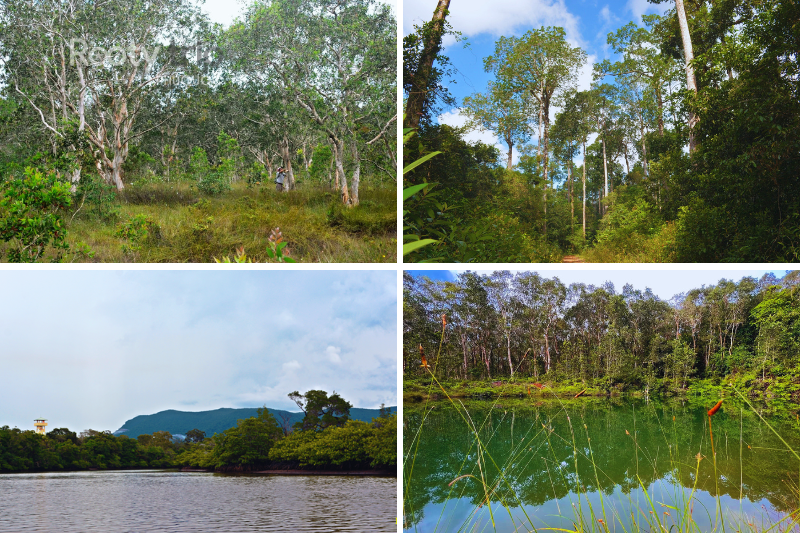
Phu Quoc National Park isn’t limited to forest adventures-its coastal edges are just as rich and captivating:
- The mangrove forests within the park play a crucial role in protecting the coastline and providing breeding grounds for fish and other marine life. Walking through these areas offers insight into one of nature’s most important ecosystems.
- Many trails end near pristine beaches where you can relax or explore further. Some areas are located near marine protected zones, making it a great spot for snorkeling or learning about Vietnam’s marine biodiversity.
Planning Your Visit to Phu Quoc National Park
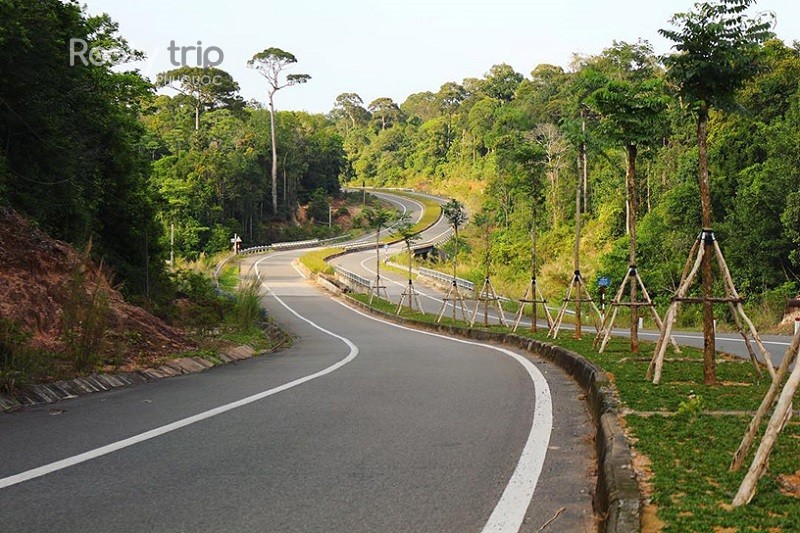
From understanding the best time to visit Phu Quoc National Park to knowing how to get there and what to expect, this guide covers everything you need to plan a smooth and memorable journey:
Best Time to Visit: Weather and Accessibility
The dry season, from October to May, is considered the ideal time to explore Phu Quoc National Park. During these months, the weather is sunny and trails are dry, making it perfect for hiking and outdoor activities.
In contrast, the wet season (June to September) can bring heavy rain, which may make certain Phu Quoc National Park hiking trails slippery or inaccessible. However, this is also when the park’s waterfalls, like Tranh Spring and Đa Ban Spring, are at their most vibrant.
Getting There: Transportation Options
Wondering how to get to Phu Quoc National Park? The park is about 15–25 km from Duong Dong Town, the island’s main hub. Visitors can reach the park by:
- Taxi or private car for a comfortable and direct trip
- Motorbike, which offers more freedom for independent travelers
- Organized tours, often led by experienced local guides
Key entry points include the Ganh Dau area in the northwest and Ham Ninh in the east, both offering access to scenic trails and rich biodiversity.
Entrance Fees and Regulations
There is currently no official Phu Quoc National Park entrance fee for most areas, but some attractions within or near the park (like Suối Tranh waterfall) may have small fees for maintenance.
To protect the environment and wildlife in Phu Quoc National Park, visitors are asked to follow simple guidelines:
- Do not litter
- Stay on marked trails
- Avoid disturbing animals or picking plants
- Campfires and loud noises are discouraged
Guided Tours vs. Self-Exploration
When it comes to things to do in Phu Quoc National Park, you have two main options: going solo or joining a tour.
- Guided tours in Phu Quoc National Park offer expert insights into the local ecosystem, help with navigation, and add a layer of safety-especially for first-time visitors or those exploring remote areas.
- For confident travelers, self-exploration is rewarding. Bring a map, plenty of water, insect repellent, and prepare for basic conditions (no rest stops or signs in many areas).
Whichever option you choose, the park’s beauty and serenity are sure to leave a lasting impression.
What to Bring for Your National Park Adventure
Below are the essential items you should bring along to ensure a safe and enjoyable trip:
Essential Gear: Clothing, Footwear, Hydration
- Lightweight, breathable clothing is best for Vietnam’s tropical climate. Long sleeves and pants can also help protect against scratches and insects.
- Choose sturdy hiking shoes or trail sandals with good grip, especially if you plan to tackle rugged terrain like Phu Quoc National Park hiking trails.
- Always bring a refillable water bottle or hydration pack. Dehydration can sneak up quickly in the heat, especially on long treks.
Safety Items: First Aid, Navigation, Insect Repellent
- A small first-aid kit is a must, especially if you’re trekking far from tourist centers. Bandages, antiseptic, and any personal medications should be included.
- A map, GPS app, or even a basic compass can help you stay oriented-particularly if you’re exploring independently without a guide.
- Don’t forget insect repellent, especially in the rainy season. Mosquitoes and other bugs are common in forested and humid areas.
Photography Equipment: Capturing the Beauty
Phu Quoc National Park offers countless photo-worthy moments-from wide forest landscapes to colorful birds and hidden waterfalls:
- Bring a camera or smartphone with good zoom and stabilization to capture both wide and detailed shots.
- A dry bag or waterproof case is helpful if you’re visiting waterfalls or trekking during unpredictable weather.
- For serious photographers, a telephoto lens is perfect for wildlife, while a tripod can help with low-light forest shots.
Respecting Nature: Sustainable Tourism in the Park
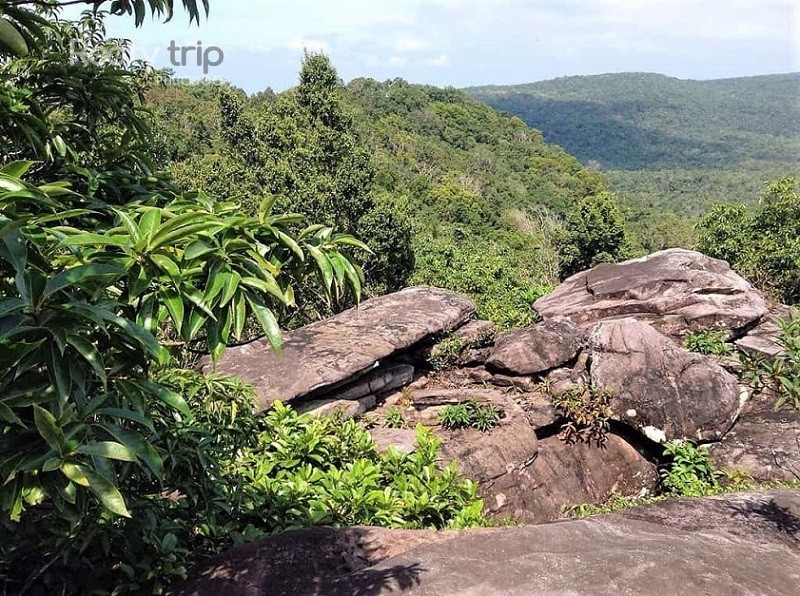
As more people discover the beauty of Phu Quoc National Park, it’s important to ensure that tourism doesn’t harm the very ecosystems we come to enjoy. Here are two core principles to guide your visit:
Leave No Trace Principles
The first and most essential rule of sustainable travel: leave nothing behind but footprints. This means:
- Do not litter, even biodegradable items like fruit peels or paper.
- Stay on marked trails to avoid damaging plants and disturbing wildlife habitats.
- Avoid picking flowers, breaking branches, or feeding animals, no matter how harmless it may seem.
- Use eco-friendly products like reusable water bottles and biodegradable sunscreen to minimize your environmental footprint.
By following these Leave No Trace principles, you help preserve the park’s pristine condition for future generations.
Supporting Local Communities
Responsible tourism also means creating positive impact for local people:
- Choose locally owned tours, guides, and guesthouses. This ensures your spending directly supports the island’s communities.
- Try local food and buy handmade souvenirs from small vendors or artisans.
- Learn about local culture and customs-it helps you connect more deeply with the destination.
When you support the people who care for the land, you’re helping protect both the natural and cultural heritage of Phu Quoc National Park.
With its untouched beauty and peaceful atmosphere, Phu Quoc National Park is truly a hidden gem-an experience every nature lover should have at least once in their lifetime.
Rooty Trip hopes this article has given you useful insights to help you explore the largest rainforest on Phu Quoc Island and prepare for a memorable journey. For a smoother and more meaningful adventure, be sure to travel with Rooty Trip-your trusted local companion for eco-friendly and authentic experiences in Phu Quoc.
Frequently Asked Questions (FAQ)
1. Do I need to pay an entrance fee to visit Phu Quoc National Park?
Most areas within the national park are free to enter, though certain attractions like Suoi Tranh waterfall may charge a small maintenance fee (around 10,000–30,000 VND/person).
2. Can I go trekking in the forest without a guide?
Yes, you can explore on your own! Just make sure you’re well-prepared: bring an offline map or GPS app, carry enough water, insect repellent, and try not to hike alone. If it’s your first time, joining a guided tour is recommended for safety and deeper insights into the ecosystem.
3. Is there phone signal in the forest?
Some areas near the park edges or close to the coast may still have cell signal. However, deeper forest zones or mountain peaks like Mount Chua often have no signal at all, so download offline maps and inform someone about your itinerary beforehand.
4. Can I combine forest trekking and snorkeling in one day?
Absolutely! A great plan would be a morning trek in areas like Ganh Dau or Suoi Da Ban, followed by an afternoon snorkeling adventure along the northern coast.
Check out our full guide on Phu Quoc snorkeling for beginners to plan your perfect land-and-sea day.





